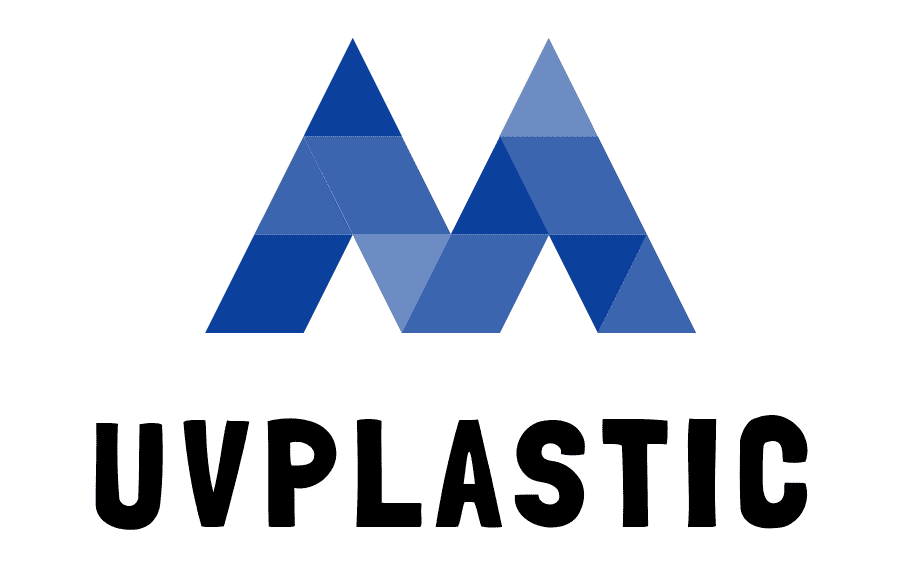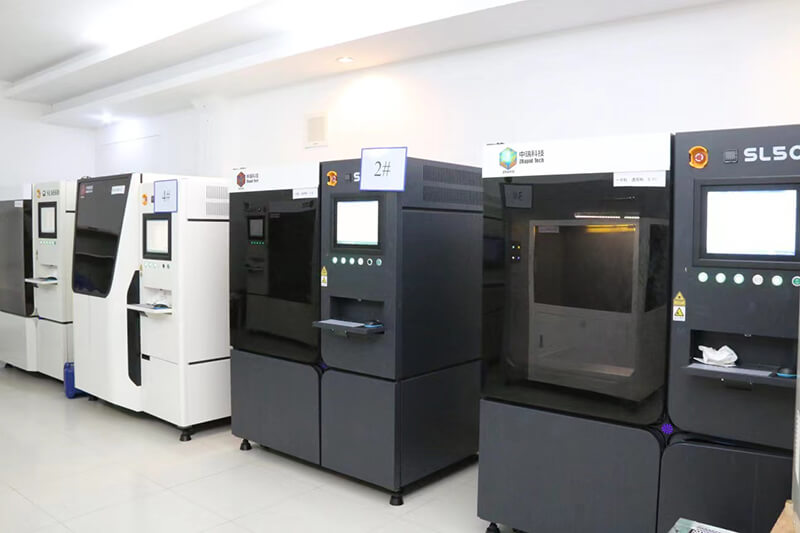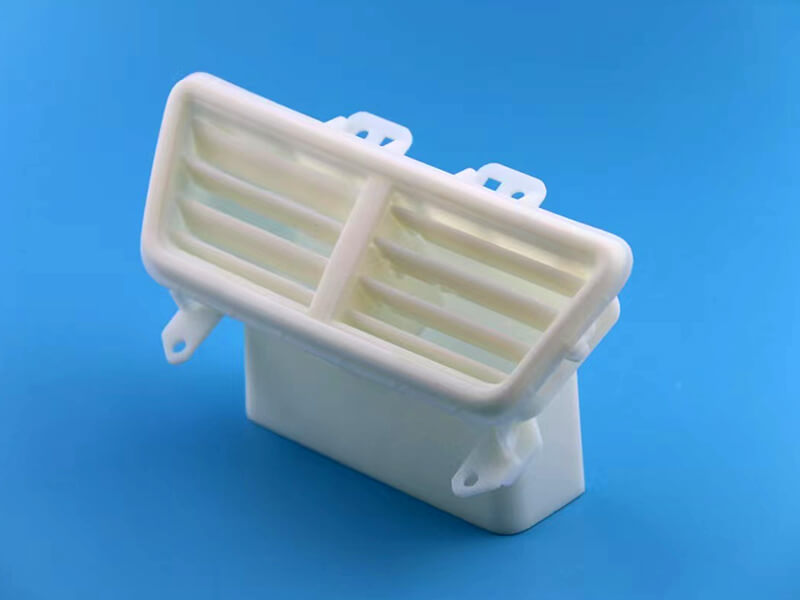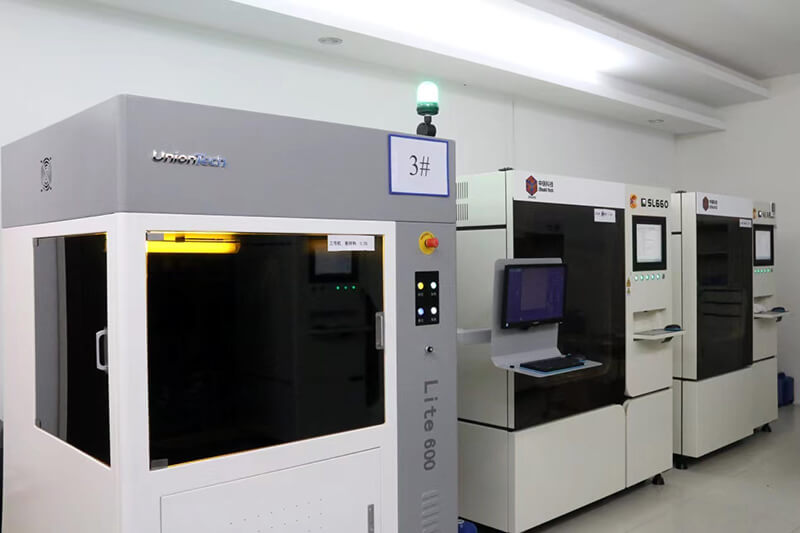All You Need to Know About 3D Printing
What is 3D prototyping?
3D prototyping also referred to as rapid prototyping is a common method to physically conceptualize a design or idea of a product quickly that is used widely across industries. It is a great way to save some cash and time.
3D prototyping technique is faster and cheaper compared to other traditional techniques such as injection molding which needs time to manufacture each iteration.
Thanks to ever-evolving technology, now we can fabricate rapid prototyping quicker using various materials like Cheap PLA, Nylon, impact-resistant ABS, and more.
Why is 3D printing used in rapid prototyping?
In modern times, 3D printing is widely used for rapid prototyping. It allows the designer to select materials and saves time. 3D printing is an additive manufacturing process that allows the designer to change the design at every step of its fabrication.
One of the most significant advantages you will get from using 3D printing is its flexibility in terms of saving money and time during the physical construction of the product. You don’t need to pay extra money to the manufacturers every time you iterate and design. Now, designers can create functional prototypes without leaking their ideas.
Another benefit that 3D printing gives you is that it allows a designer to test and compare different models and ideas rapidly. In a word, it allows you to compare different visual concepts and ideas physically. That is why the usage of 3D Printing is increasing rapidly in the industries day by day.
How To Make Prototypes Cost-Efficient And Successful?
3D printing makes a prototype cost-efficient and easier to handle. 3D offers a high-cost efficiency while constructing numerous designs at the early stages of the development process.
This rapid prototyping method makes a prototype easier to change, fit, and function than other rapid prototyping processes, which will eventually reduce production costs and time.
A successful product design needs numerous changes and reviews from various sources and the company shareholders. 3D printing allows the designers to modify the prototype in every step of iteration and design, making it less prone to failure.
An optimized design is the result of fast collaboration between designers, engineers, and quality assurance. 3D printed prototypes provide designers with a clear idea of the product structure during the development stage and whether it will work on the market or not, which gradually decreases the chances of product failure. So, safe to say 3D Printing is a convincing method to make a product cost-efficient and successful.
Things To Consider Before Choosing 3d Printing For Your Prototypes
Due to its faster construction rate and cost efficiency 3D printing is used comprehensively across industries nowadays. If you are thinking of using 3D printing for prototyping you should consider some factors in your mind before getting started. Those are:
1. The End Product
If your prototype needs to be identical to the end product’s cosmetic look, then you should look for techniques or materials that provide finer and more detailed resolution. Otherwise, you need your prototype to be finally touched for aesthetics.
If you want your prototype to just function precisely as the final product will, then technologies that offer solid and tolerance testacy are what you need.
Here is a question, can 3D printing make transparent plastic parts by using acrylic material?
2. 3D Printing Technology
There are varieties of materials used for 3D printing. Each of them has its own uniqueness in terms of solidity, design styles, and properties. Depending on which type of design you want or what method you would use determines the material adjustments.
For example, Polyjet provides the function to combine both flexible and hard materials, as well as transparency and full color. Stereolithography (SL) is unique for making a more detailed and refined resolution with a smooth surface finish.
Fused deposition modeling (FDM) and Laser Sintering provide solid and durable parts with engineering-grade thermoplastic which is ideal for functional prototypes. Direct metal laser sintering (DMLS) is the go-to for metal prototypes.
3. File formats
STL files are used for setups and building 3D printing. STL files generally consist of one shell and no unshared edges, but issues may arise when multiple shells and unshared edges are used in an STL file which can create rough scratchy surfaces that disconnect from one another. Files that have multiple shells can not be designed properly in STL format.
So, better to use CAD formats for this type of build. It is important to know the unit of measurement of your file inches or millimeters while selecting a file for 3D printing. Proper measurements of units can reduce the chances of potential errors.
Advantages of 3D Printing
Constructing various iteration
3D printing gives you more flexibility in terms of creating designs quickly compared to other traditional manufacturing techniques which have many design restrictions. Using CAD software you can create the simplest of parts to the most complex ones without facing any problems. This process is very handy as you don’t need to create a whole mold for iteration, saving you a lot of time and money.
Solid and light-weight parts
There is a wide range of materials used for 3D printing. Generally, plastics are used for 3D printing which offers greater portability than other metal equivalents. This material is comprehensively used in the automotive and aerospace industries where weight is a concern and plastic provides better fuel efficiency. Customized materials can be used to get benefits such as heat resistance, higher strength, or water repellency from a part.
Time and cost-efficiency
Compared to other prototyping methods, 3D additive manufacturing also known as 3D printing is much cheaper. As we said earlier, you don’t need to create molds for iteration, which is an advantage in terms of saving money. While in injection molding, you need to create a metal toiling and wait for the injection molding process, 3D printing doesn’t have these steps. You can accelerate the whole development process just by creating STL or CAD files ready to be printed.
Ease accessibility
3D Printing is getting more and more popular for creating a prototype of a product. Nowadays, local service providers are offering outsourcing services of 3D printing making it more accessible. It doesn’t require any extra transportation costs compared to other manufacturing processes.
Functional test-phase
While there are various materials suitable for 3D printing, you have so many options to choose from for your prototyping process. If you need to test run a prototype before launching for mass production these materials will help you to assess the pros and cons and properties of your final product. So, the chances of product failure in the market are reduced significantly.



